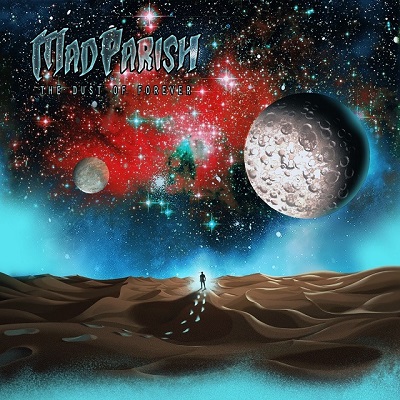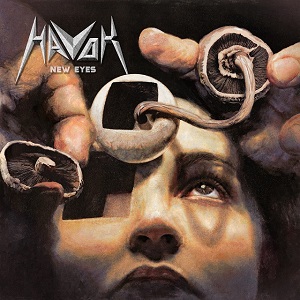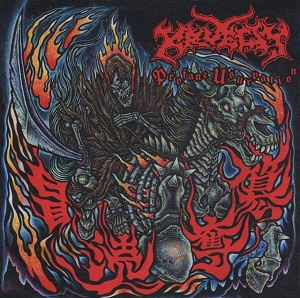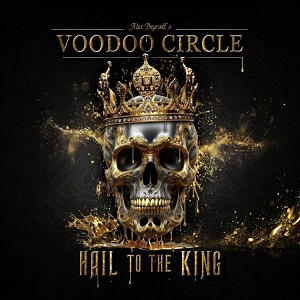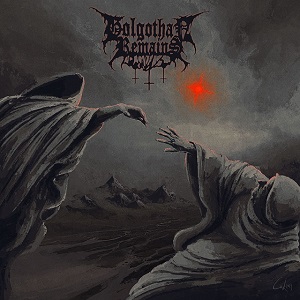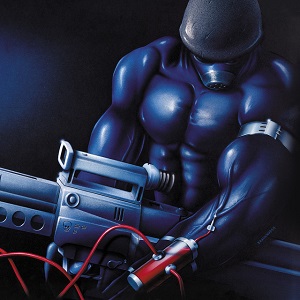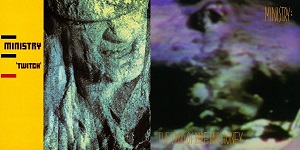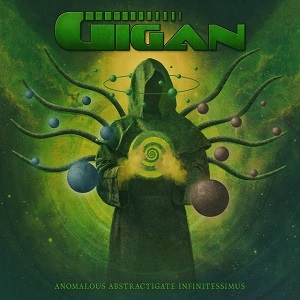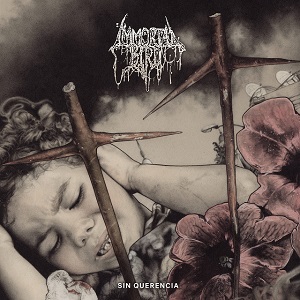VARMIA – The Passion And The Pain
April 13, 2021, 3 years ago
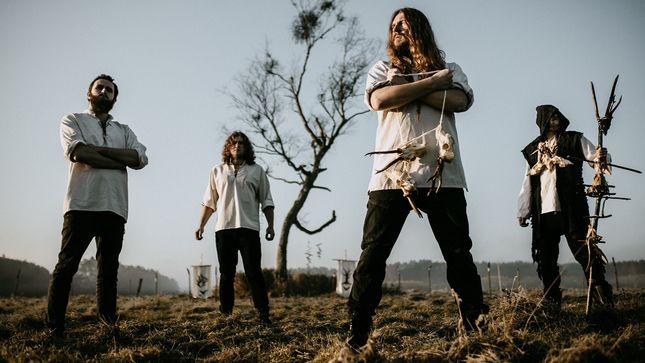
Polish pagan black metallers Varmia have digivolved into a hybrid of the extreme and angry, melted down and sauced with tributes and trappings of the Baltic historical Warmia region of Northern Poland. bal Lada (available now through M-Theory Audio), the group's third album in four years, is the definitive stamp on a band that has expertely teetered intensity with craftsmanship, raw ugliness with beauty, somehow managing to mold both style and substance.
Frontman Lasota caught up with BraveWords for a deep dive into the Warmia culture and heritage that permeate their sound, the anger that fuels bal Lada, defining bands of his youth and much more!
BraveWords: You guys have had a fairly prolific release schedule thus far. Three albums in four years, which is an incredible clip. Has that been a conscious effort, to keep the material coming, or are you just letting the productivity speak for itself?
Lasota: “Well, in our case it's more like we have so much material all the time that I would say that we are trying to keep the tempo of the record to the tempo of the composing process. One year, one album after another was a very natural thing. It wasn't like we planned to do this in such a short period. So the answer would be that we have a lot of material constantly and we were just trying to keep up with properly recording and releasing it. So it doesn't get too old, I suppose.”
BraveWords: Obviously no one dreams of releasing an album during a pandemic, but these are the hands we’re dealt. How has that reality been for the band, releasing an album in an entirely different fashion than in the past?
Lasota: “Yeah, well, I think I will repeat what everybody is saying right now, that this is a very, very dark time for the industry. And to be honest, it feels kind of insecure to put the effort in new releases when you don't have a certainty that you can play the tour afterwards. And it's kind of a scary scenario. But, you know, I think when you believe in your music, then it gives you this kind of confidence that Covid, in a way, took away. I think that in general these times are very strange and nobody knows what the future will hold. We are crossing our fingers.
“When it comes to the comparison with the previous two albums, this time I think, as you said, we were forced to push everything more through social media. For example, this castle video that we did, normally we could do a concert instead of that. But because we are in the pandemic we just played the songs live and used it as a single. So in that regard everything is different, between the promotion and the whole releasing process with previous albums and this one.”
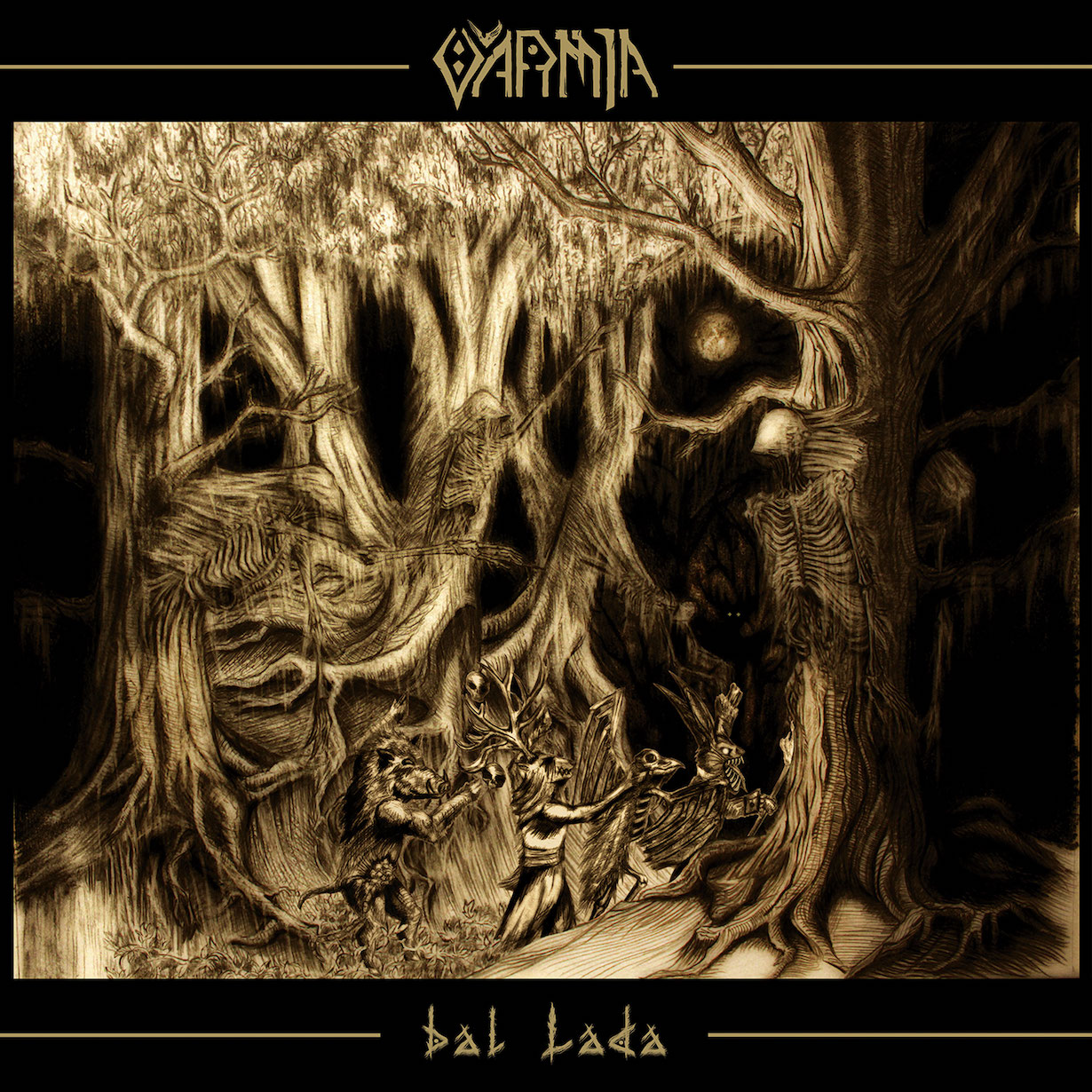
BraveWords: Going back to the genesis of the band, what were those initial ideas and inspirations for you to generate so much of the identity and themes of Varmia to your Baltic roots and the Warmia region of Poland, to the culture and history of that particular area of Europe?
Lasota: “That's a complex question, but I think the answer would be rather simple. All those influences made their way into the music that I was playing, let's say, four or five years ago. Eventually they made me form Varmia. Al those elements that didn't kind of fit to the music that I played at the time, being the whitevoice. Everything started from the fascination with whitevoice.
“All of those elements just were haunting me musically, artistically. At the right place, right time, I decided to form a band and to record the ideas. However that process may look, I don't know, maybe not conventional. It was very natural to me and to the guys in the band.”
BraveWords: How much of the history of the region has influenced the tone and even the songwriting? The Warmia region of Poland has undergone massive socio-political turnover and turbulent periods over the centuries. Has any of that real life pain, angst and anger bled into the music?
Lasota: “I'm very, very glad that you're aware of that. Those lands were very, let's say, a turbulent area in Europe. There is some kind of unknown, maybe unspoken agitation that you have towards those lands when you were born there. And that is because, of course, first and foremost the history. But it wasn't the historical facts and events that, let's say evoked some inspiration. It was more like growing up in this beautiful part of the world and part of Poland. It was that that resonated some interest in history, what was going on there. That was kind of the spark that put everything into motion.”
BraveWords: It really does feel like a beautiful pairing for black metal, combining the harsh undertones and dynamics with traditional instruments and whitevoice vocals. That juxtaposition of dark and light, beauty and ugliness, really works for Varmia.
Lasota: “Yeah, totally. We don't want to be any kind of historical reconstruction group. It's hard to define because it's a thin line between being fascinated by the region, by the history and let’s say intellectual content. And on the other hand to be just artists and musicians and not trying to find the balance between the meaning of the songs that you're singing about and the artistic value. We have to balance those two fronts.
“Speaking of black metal elements, I was very curious about how the listeners will perceive that narrative that's changed a bit in comparison, for example, with the previous album, which was very much raw, black metal, furious, fast. And this one is kind of mellower. But at the same time I feel that it's in a way heavier and even if not in sound then in feel, it's more black metal than the past stuff that we play. The beauty element is overwhelmingly everywhere.”
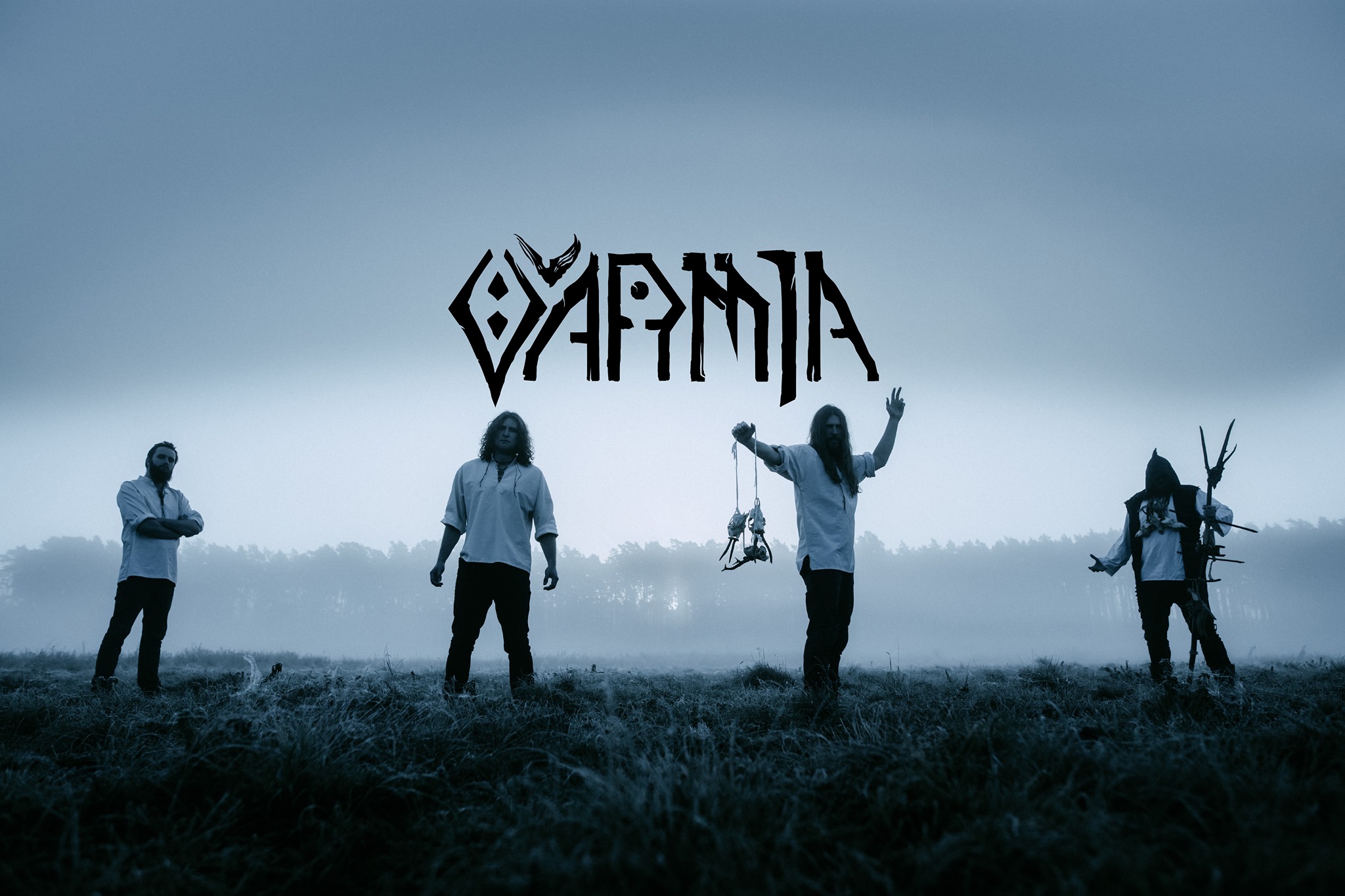
BraveWords: You’ve explained that bal Lada roughly translates to “Lada’s ballad”, Lada or Lado being a Baltic deity, with the entire title representing your take on the medieval dance of death concept and its depiction in the danse macabre allegory. With that in mind, would you consider bal Lada to be a concept record?
Lasota: “Well, concept albums to my understanding, is a piece that its elements are musically connected. So you have like themes that appear in one song and then they change in another song, but they still appear. And when it comes to bal Lada there's no such thing. These songs are, of course, connected together, but I wouldn't call this a concept album for the musical reasons that there was not a strict connection between the songs. But every album is a whole piece.
“For me, it's a very trivial comparison, but it's like a book. You have the first song and the last song that are on the front or the back. So they are binding everything together and they have to correspond one with another. And everything in between is kind of the main dish. Concept album, no, but just that it's cohesive and it's a unit of art in it’s, let's say, sovereignty. It's not a random collection of songs that we played ... it's a more aware process, but it's not designed to go together as a single unified one song, but split to 10 tracks.”
BraveWords: For bal Lada you guys continued the trend of recording in somewhat obscure places, this time taking up in a 19th century manor. The first two I believe were recorded in an old-school and deeply eerie barn? What compels the band to seek out these types of settings? There must be pros and cons.
Lasota: “Of course you're right about the two previous albums. They were indeed recorded in the makeshift studio in the barn. Well, the word barn sounds kind of small, but it was a huge, huge building. But you know, every album for us is a step forward to something different and hopefully something better. Maybe not better because how can you compare art? But something more.
“There was nothing new for us in that barn acoustically and when it comes to the vibe. So we decided that we needed a new location for the third album. After a thorough research we found this intimidating manor, which is a spectacular place on its own. But what did it do for this record? Everything that you can hear there was because we recorded there, starting from the performance and ending on the sound.
“You were asking why go outside the box with all this hard process? I mean, logistically, it's very hard to accomplish and record separately, as you do nowadays in the studio. It's like a trend from maybe 10, 15 years back. And there's no spontaneity in there for me. Everything is predictable when you record separately. I wanted to be able to play the music that's supposed to take you to some kind of communion with the primal forces. And I wanted to have this quality of togetherness, of the band, of the instruments in the music. It can only be done when playing live.
“There are not that many studios, to be honest, that can offer a metal band a decent recording, a decent live recording, at least not in the way that we were searching for. You have to understand that when you're renting a studio, you're renting the studio. When you're renting a manor, then you know the window of possibilities ... How can you capture the sound, how can you place the band is infinite. We were pushing ourselves into a trap because we are recording in the location that was not designed to handle recordings. But on the other hand it makes the process so much more exploratory and so much more unpredictable that it's inspiring as hell.”
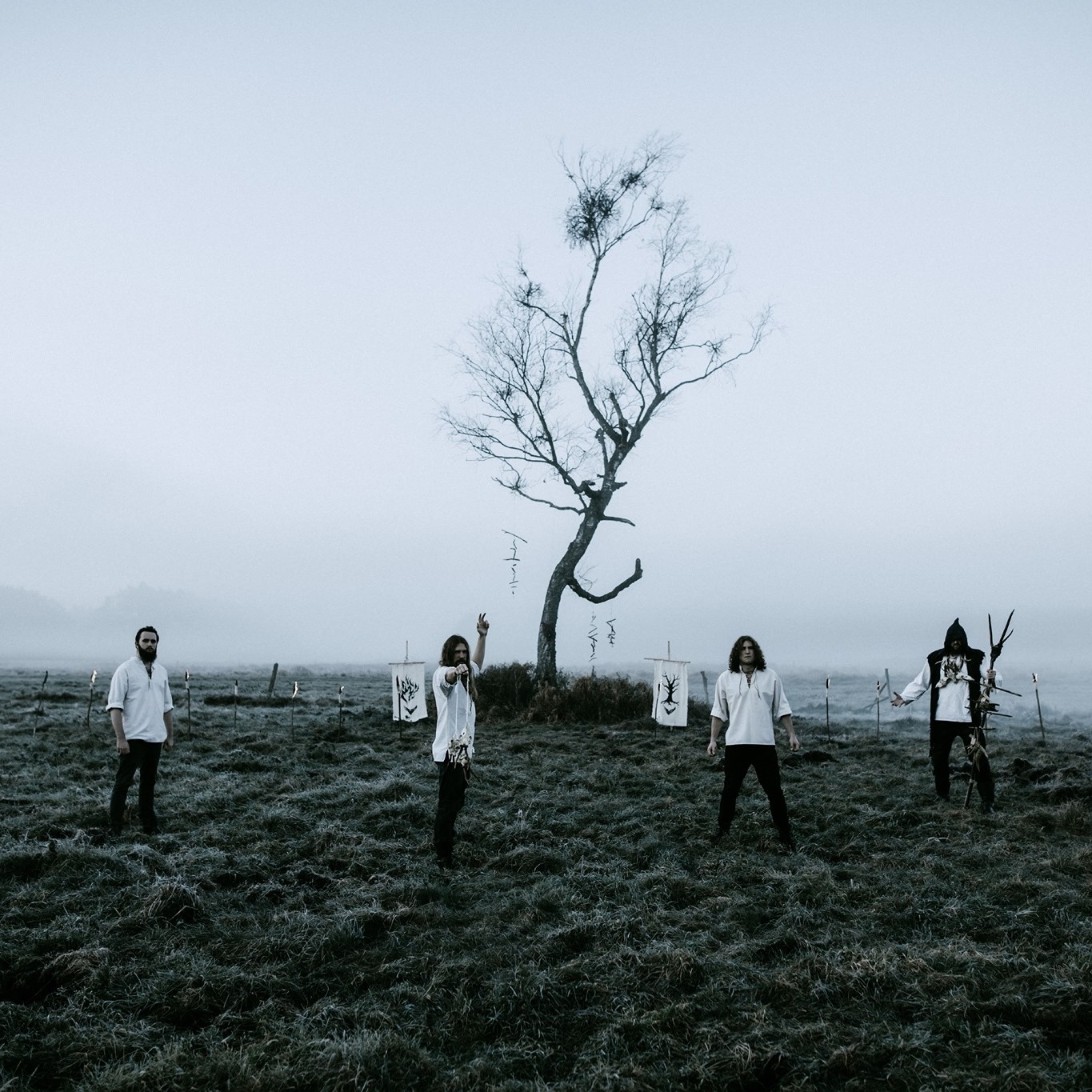
BraveWords: Who would you say were some of your more defining bands or musical influences coming up? Particularly in heavy metal.
Lasota: “Well, the usual bundle. Metallica, Slayer, Iron Maiden and all those great bands. But I think I'm more like a ‘80s, ‘90s metal fan. But I'm also a big fan of progressive music. Pink Floyd, for example, is a huge inspiration to me. Has been for all my formative years. Rainbow and AC/DC of course. These are the bands that I still discover. I like to listen to the old stuff all the time.
“But when it comes to metal bands, the extreme elements, of course Dark Funeral are a huge inspiration for me. Marduk and Emperor and all those great bands. But I have my interest also in classical music and in ambient music and very different types of music. But the one thing that they have to share is that this should be meaningful music, it should be powerful. And when these factors are in the sound, then they have my attention and those bands I follow.
BraveWords: bal Lada really feels like a stage in the Varmia chapter that has the band finding exactly what it wants to be. You’re wholeheartedly embracing the culture and sound of your home region, and seem to really have narrowed on that sweet spot. Do you see this as being the next level for Varmia?
Lasota: “Yeah, definitely. These are three different records. I mean, the fact that they are different will be very much underlined by this third record, which is very different from the previous two. But we are confident with every album that we do. We wouldn't record it if we weren't. So we are very sure of how we want it to sound, what kind of musical message we want to project. And this is because we follow the music and as I said, we don't design the next album. We don't have a plan per say with particular types of songs for the next album or whatever. We just listen to whatever is on our plate and if it's good then it dictates the shape of the music.”
“To be honest, I wasn't expecting that third album to be that different that in the end it appeared to be, but it is. From the first sound that I played to a friend of mine, even though this was different music, the result was that he immediately knew that this is Varmia playing. So I think that says something. No matter if the songs are familiar or like each other, you have your sound as a band. And it's somewhere in between the songs. I think we will never settle for that matter. We will always be exploratory. And you know, who knows what the future will hold for us.”

